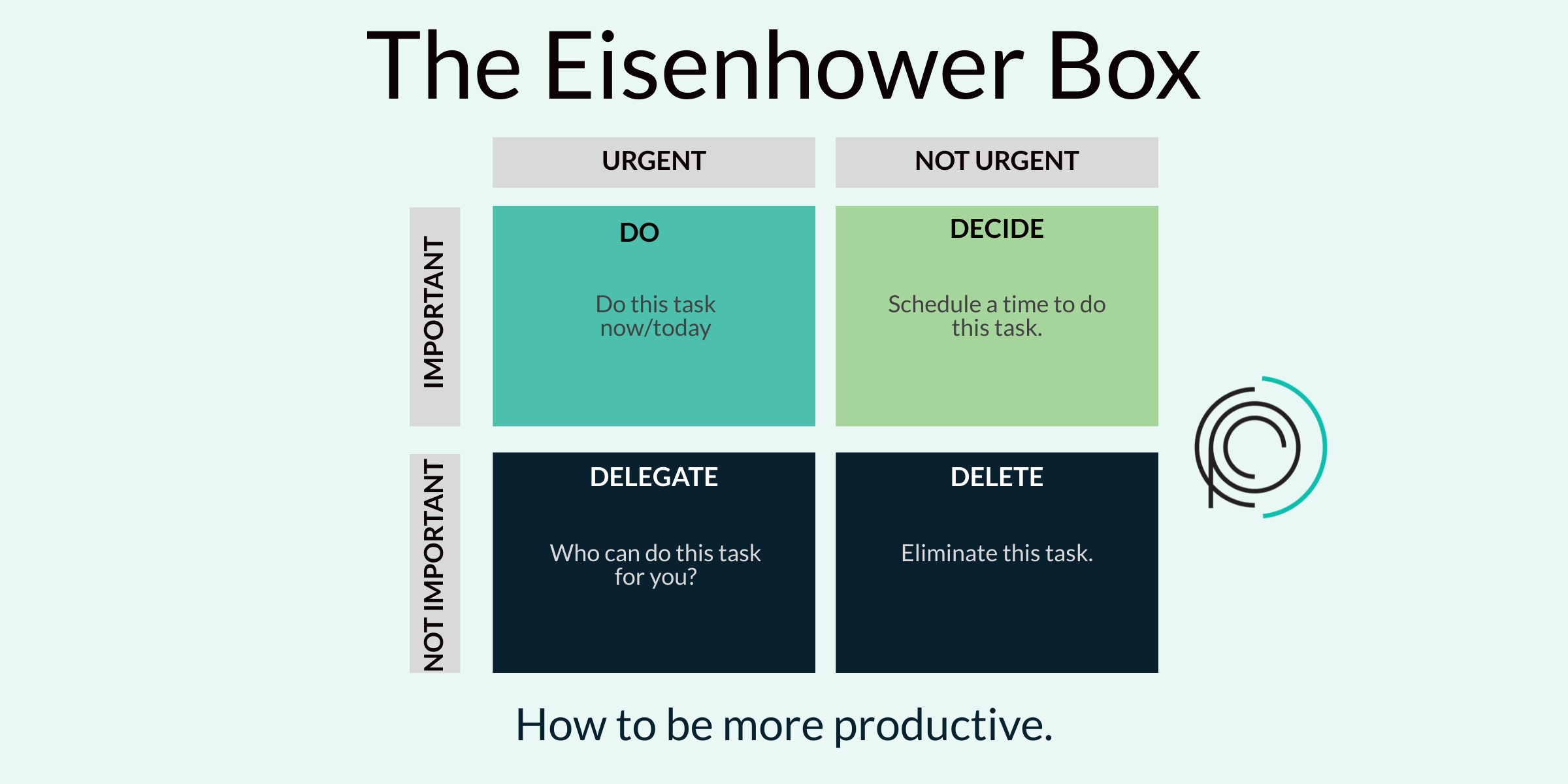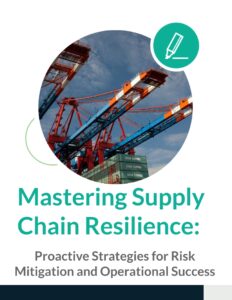Enhancing workplace productivity can significantly distinguish an organization from its competitors in today’s fast-paced business environment. For businesses striving for success, it is crucial to understand and implement effective strategies aimed at boosting productivity. This not only involves improving employee output but also ensuring that the workplace is a conducive environment for creativity and collaboration.
This blog post offers practical tips and insights to help organizations transform their workspaces into thriving centers of efficiency and innovation. By optimizing work processes, streamlining communication, and incorporating the latest technology, companies can create a more productive atmosphere. Additionally, fostering a supportive culture that values employee well-being and encourages open dialogue will lead to higher motivation and job satisfaction.
These strategies will empower organizations to maximize their potential and achieve their goals, ensuring they stay ahead in a competitive market. Ultimately, investing in workplace productivity is an investment in the future success of the organization. Whether through flexible working arrangements, regular training sessions, or team-building activities, every effort counts towards creating a vibrant and productive workplace.
Let’s dive in.
The Importance of Workplace Productivity
Workplace productivity is not just about getting more done in less time. It significantly influences the overall success and growth of an organization. Productive environments foster innovation, increase employee satisfaction, and ultimately, improve the bottom line. When businesses prioritize productivity, they see enhanced performance and reduced operational costs, creating a positive cycle of continuous improvement and success.
Companies with high productivity levels typically enjoy increased profitability. According to a study by the Harvard Business Review, companies in the top quartile of productivity performance are 40% more profitable than those in the bottom quartile. These numbers highlight the tangible benefits of focusing on productivity. Effective productivity strategies also lead to better employee engagement, as workers feel valued and empowered in an environment that supports them.
Organizations that fail to prioritize productivity may find themselves at a competitive disadvantage. Inefficient work processes can drain resources and demoralize employees, leading to high turnover rates and reduced innovation. By investing in productivity, businesses can unlock potential growth and create a sustainable path to success.
Streamlining Processes for Efficiency
Streamlining organizational processes is one of the key steps in enhancing productivity. By evaluating and refining operations, companies can eliminate unnecessary tasks and reduce bottlenecks. This allows employees to focus on high-impact activities that drive the organization forward.
Evaluating current workflows is the crucial first step toward streamlining operations. Businesses should perform regular audits to uncover redundant processes and areas of inefficiency. Gathering feedback from employees can offer valuable insights into potential improvements. Once problem areas are identified, organizations can establish standardized procedures to promote consistency and enhance efficiency.
Technology is essential for streamlining processes. By automating routine tasks with software solutions, businesses can enhance workflow and boost output while maintaining quality. From project management tools to customer relationship management systems, harnessing technology can yield substantial productivity gains and improved data management.
Setting Clear Goals and Expectations
Establishing clear goals and expectations is essential for aligning team efforts and improving productivity. When employees understand what they are working towards, they are more motivated and focused. This clarity helps teams prioritize tasks effectively and increases accountability across the organization.
To establish clear goals, organizations must ensure that their objectives are specific, measurable, achievable, relevant, and time-bound (SMART). By deconstructing larger objectives into smaller, manageable tasks, teams can effectively monitor progress and make necessary adjustments. Regular check-ins and updates are vital for maintaining momentum and ensuring alignment with the overarching organizational vision.
Transparent communication of expectations is another critical component. Managers should provide clear instructions and guidelines to avoid misunderstandings and foster a collaborative environment. When expectations are communicated effectively, employees are empowered to take ownership of their roles and contribute to the organization’s success.
Encouraging Flexible Work Arrangements
Offering flexible work arrangements is a powerful way to boost productivity in the modern workplace. Flexible schedules or remote work options allow employees to balance professional and personal responsibilities more effectively, leading to higher job satisfaction and engagement.
Organizations considering flexible work arrangements should establish clear guidelines and expectations. Providing employees with the necessary tools and resources to succeed in remote or flexible settings is crucial. This includes access to communication platforms, collaboration tools, and support from management.
A study by Stanford University found that employees who worked from home experienced a 13% increase in productivity compared to their in-office counterparts. This demonstrates the potential benefits of flexible work arrangements in enhancing performance. By adopting flexible policies, businesses can attract and retain top talent while fostering a culture of trust and autonomy.
Prioritizing Employee Well-being
Prioritizing employee well-being is essential for maintaining high productivity levels. When employees feel supported and appreciated, they are more motivated and engaged in their work. Organizations that invest in their employees’ well-being create a positive work culture that promotes productivity.
To prioritize well-being, companies should offer comprehensive benefits packages that address physical, mental, and emotional health. Providing access to wellness programs, mental health resources, and fitness facilities can contribute to a healthier workforce. Encouraging regular breaks and promoting work-life balance can also help prevent burnout and maintain productivity.
Creating a supportive work environment is another critical factor. Establishing open channels of communication and fostering a culture of empathy and understanding can improve employee morale. When employees know their well-being is valued, they are more likely to go above and beyond in their roles, driving organizational success.
Leveraging Technology to Enhance Productivity
Technology is a powerful tool for enhancing workplace productivity. By adopting innovative solutions, organizations can automate routine tasks, improve communication, and streamline operations. Leveraging technology enables businesses to focus on strategic initiatives and achieve their goals more efficiently.
Automation is one-way technology can boost productivity. By automating repetitive tasks, employees can allocate their time and energy to more critical activities that require creativity and problem-solving. Implementing tools such as chatbots, workflow automation software, and artificial intelligence can lead to substantial productivity gains.
Collaboration tools are another way technology can enhance productivity. Platforms like Slack, Microsoft Teams, and Zoom facilitate seamless communication and collaboration, regardless of location. These tools enable teams to work together more effectively, share information quickly, and make informed decisions in real time.
Fostering a Culture of Continuous Improvement
Cultivating a culture of continuous improvement is essential for sustaining long-term productivity. By promoting innovation and fostering a learning environment, organizations can adapt to evolving market conditions and achieve sustained growth. This culture empowers employees to recognize enhancement opportunities and acquire the skills necessary for success.
Organizations can promote continuous improvement by providing regular training and development opportunities. Encouraging employees to attend workshops, webinars, or conferences can expand their knowledge and inspire new ideas. Offering mentorship programs and career development pathways can also support employee growth and engagement.
Celebrating successes and learning from failures are vital components of a continuous improvement culture. Recognizing and rewarding achievements motivates employees to strive for excellence. At the same time, organizations should encourage open discussions about setbacks, fostering a learning environment where employees feel comfortable sharing insights and suggestions for improvement.
Building Strong Teams
Strong teams are at the heart of productive organizations. By fostering collaboration and trust, businesses can harness the collective skills and expertise of their workforce to achieve outstanding results. Building strong teams involves cultivating a positive team dynamic, promoting open communication, and providing opportunities for professional growth.
Team-building activities can strengthen relationships among team members and improve collaboration. Activities like workshops, retreats, or social events provide employees with opportunities to connect and build rapport. These experiences can lead to stronger working relationships and increased trust within the team.
Providing opportunities for skill development and cross-functional collaboration can also enhance team dynamics. Encouraging employees to work on diverse projects or engage in mentorship programs broadens their skill sets and exposes them to new perspectives. By investing in team development, organizations can create resilient, adaptable teams capable of tackling complex challenges.
Encouraging Open Communication
Open communication is a critical factor in maintaining high productivity levels. When employees feel comfortable sharing ideas and feedback, organizations can harness the full potential of their workforce. Encouraging open communication fosters a culture of transparency and collaboration, leading to improved decision-making and innovation.
Organizations should create channels for open communication, such as regular team meetings, feedback sessions, or anonymous suggestion boxes. These platforms enable employees to voice their opinions and contribute to the organization’s success. Managers should encourage open dialogue and actively listen to employee feedback, demonstrating their commitment to a collaborative work environment.
Fostering a culture of trust is crucial for facilitating open communication. Employees must feel assured that their insights are valued and respected. Organizations can cultivate trust by ensuring transparency in decision-making, sharing information openly, and acknowledging the contributions of their team members.
Enhancing Time Management Skills
Effective time management is a vital component of workplace productivity. By honing their time management skills, employees can prioritize tasks, reduce stress, and achieve better results. Organizations that support their employees in developing time management skills create a more efficient and focused workforce.
Providing training and resources on time management techniques can empower employees to manage their workloads more effectively. Techniques such as the Eisenhower Box, Pomodoro Technique, or time blocking can help employees prioritize tasks and allocate time efficiently. Encouraging employees to set realistic goals and deadlines can also improve productivity.
Managers play a crucial role in supporting effective time management. By providing clear expectations and guidance, managers can help employees focus on high-impact activities. Regular check-ins and feedback sessions can help employees stay on track and make necessary adjustments to their schedules.

Measuring and Analyzing Productivity
Regularly measuring and analyzing productivity is essential for identifying areas of improvement and ensuring optimal performance. By tracking key productivity metrics, organizations can make data-driven decisions to enhance efficiency and drive growth.
Organizations should establish clear productivity metrics and performance indicators that align with their goals. These metrics can include output per employee, project completion rates, or customer satisfaction scores. By regularly monitoring these metrics, organizations can identify trends and areas for improvement.
Data analysis is a powerful tool for enhancing productivity. By leveraging data analytics and visualization tools, organizations can gain valuable insights into their operations and identify opportunities for optimization. Data-driven decision-making enables organizations to implement targeted strategies that drive productivity and performance.
Conclusion
Enhancing workplace productivity is essential for organizations seeking long-term success and growth. By implementing the strategies discussed in this blog post, businesses can create productive environments that foster innovation, efficiency, and employee satisfaction. From streamlining processes to prioritizing employee well-being, these tips provide valuable insights and practical advice for organizations at any stage.
Investing in productivity is an investment in the future of your organization. By prioritizing productivity, businesses can unlock their full potential and create a sustainable path to success. For further resources and insights on enhancing workplace productivity, consider consulting with industry experts or exploring specialized training programs.







